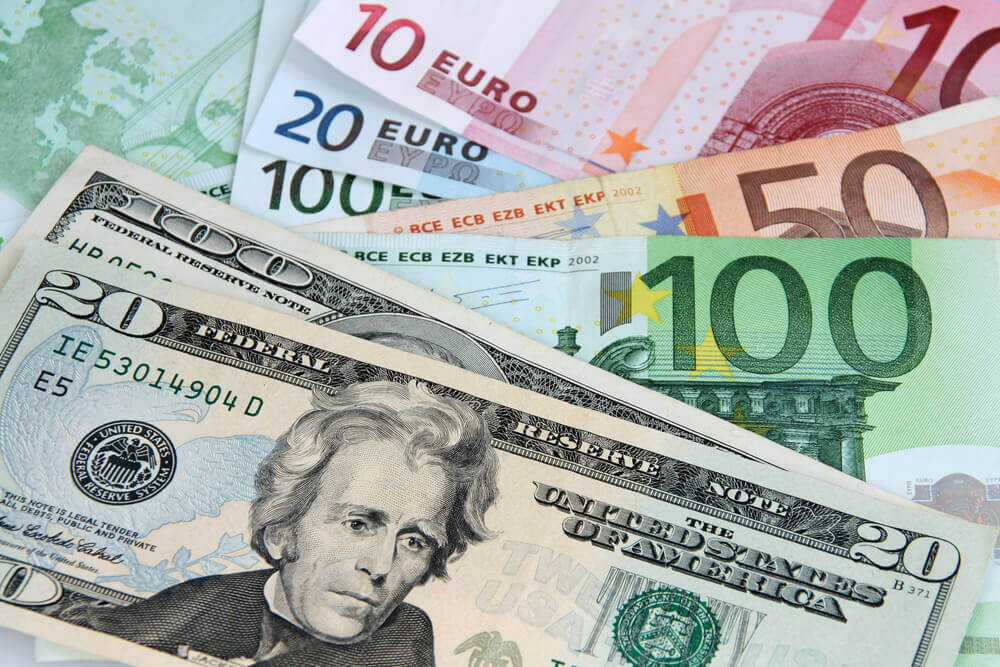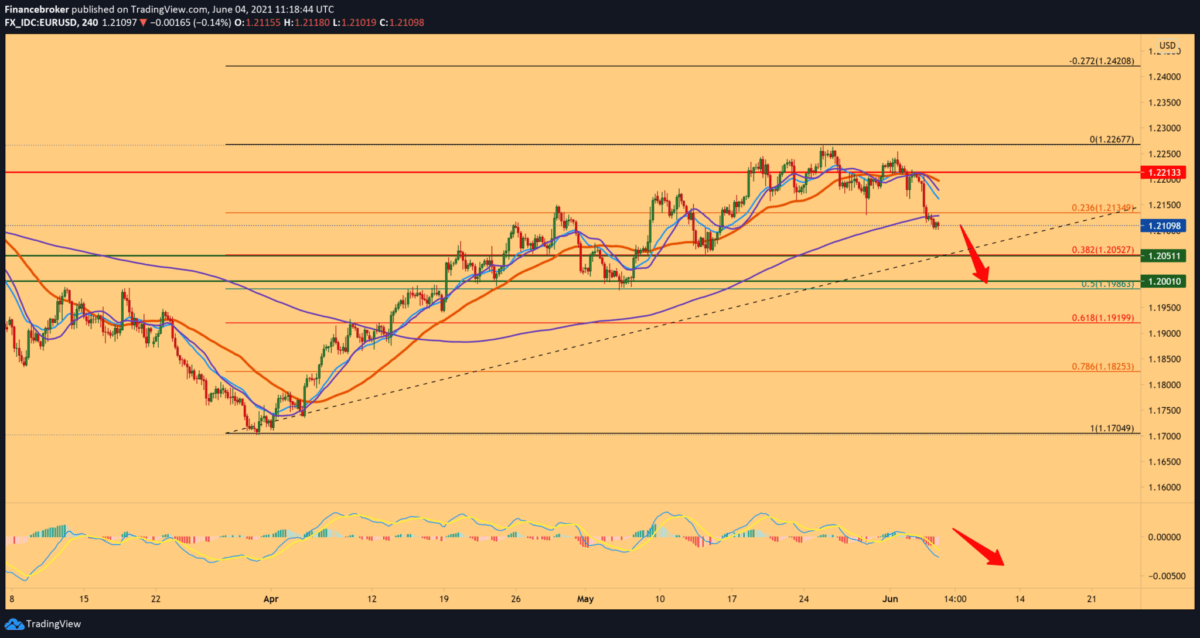
Euro under increasing pressure from dollar
Eurozone retail sales fell faster than expected in April, after rising in the previous two months, as Covid-19 restrictions were tightened in some countries. The report showed that retail sales decreased by 3.1 percent compared to March, preliminary Eurostat data showed on Friday. The forecast was a drop of 1.2 percent.
The latest decline was caused by a 5.1 percent drop in sales in the non-food group, except for automotive fuels. Sales in the food, beverage, and tobacco group fell by 2 percent, and in the segment of postal orders and the Internet by 2.9 percent. Sales are currently suffering, but all signs point to a stronger recovery by the end of the second quarter, ING economist Bert Colijn said.
The economist added that the end of the retail recovery is unlikely because consumers want to spend, and unemployment continues to fall during the second wave. A day before the release of a more closely monitored monthly job report, the Department of Labor released a report on Thursday showing a moderate decline in the number of first claims for unemployment benefits in the United States in the week ending May 29. The report states that the initial demands for the unemployed dropped to 385,000, which is a decrease of 20,000 compared to the revised level of 405,000 from the previous week.
Today, the Department of Labor will publish its more careful report on the employment situation in May. Economists currently expect the report to show that employment rose by 664,000 in May, after rising by 266,000 in April. The unemployment rate is also expected to fall to 5.9 percent from 6.1 percent.

The beginning of June belonged to the dollar, which consolidated at 90.00 and is currently recording gains, and the euro is suffering because of that. After a lengthy consolidation of around 1.22000, the EUR/USD pair has now dropped to 1.21000.
On the chart, we can notice that the EUR/USD pair has fallen below the moving average of the MA200 and is currently consolidating well below the 23.6% Fibonacci level. If the pressure on the euro continues, we can expect the EUR/USD pair to come down to test the psychological level at 1.2000 to 50.0% Fibonacci levels. The MACD indicator is in the bearish zone and supports the current situation on the chart.
-
Support
-
Platform
-
Spread
-
Trading Instrument




